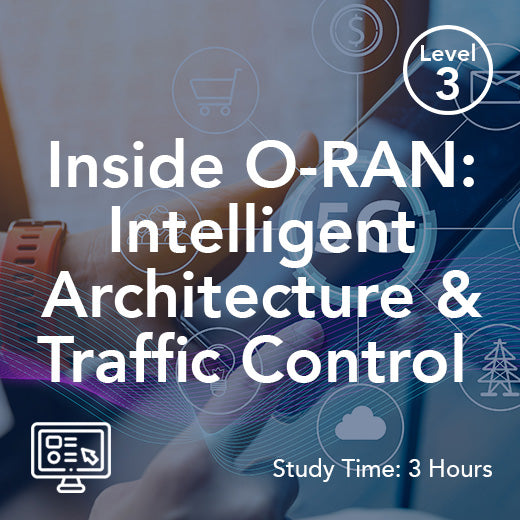What is secure microservices communication?
- , by Paul Waite
- 2 min reading time
Secure microservices communication refers to the practice of ensuring that communication between different microservices within a system is protected from unauthorized access and interception. In a microservices architecture, where different services communicate with each other over a network, it is crucial to implement security measures to prevent potential security threats.
There are several key aspects to consider when implementing secure microservices communication:
1. Authentication: One of the fundamental aspects of secure communication is ensuring that the identity of both the sender and the receiver of messages is verified. This can be achieved through the use of authentication mechanisms such as API keys, tokens, or certificates. By verifying the identity of both parties, organizations can prevent unauthorized access to sensitive data and services.
2. Encryption: Encrypting communication between microservices is essential to protect data from being intercepted by malicious actors. By using encryption protocols such as TLS (Transport Layer Security) or SSL (Secure Sockets Layer), organizations can ensure that data is transmitted securely over the network.
3. Authorization: In addition to authentication, it is important to implement authorization mechanisms to control access to resources within the microservices architecture. By defining roles and permissions for different users and services, organizations can ensure that only authorized parties have access to specific resources.
4. Secure APIs: APIs play a crucial role in enabling communication between microservices. It is important to ensure that APIs are secure by implementing authentication, encryption, and authorization mechanisms. Additionally, organizations should regularly monitor and update APIs to address any potential security vulnerabilities.
5. Monitoring and logging: Monitoring and logging are essential components of secure microservices communication. By monitoring network traffic and logging events, organizations can detect and respond to security incidents in a timely manner. Additionally, logging can provide valuable insights into potential security threats and help organizations improve their security posture.
In conclusion, secure microservices communication is essential for ensuring the integrity, confidentiality, and availability of data within a microservices architecture. By implementing authentication, encryption, authorization, secure APIs, and monitoring mechanisms, organizations can protect their systems from potential security threats and maintain the trust of their users.
There are several key aspects to consider when implementing secure microservices communication:
1. Authentication: One of the fundamental aspects of secure communication is ensuring that the identity of both the sender and the receiver of messages is verified. This can be achieved through the use of authentication mechanisms such as API keys, tokens, or certificates. By verifying the identity of both parties, organizations can prevent unauthorized access to sensitive data and services.
2. Encryption: Encrypting communication between microservices is essential to protect data from being intercepted by malicious actors. By using encryption protocols such as TLS (Transport Layer Security) or SSL (Secure Sockets Layer), organizations can ensure that data is transmitted securely over the network.
3. Authorization: In addition to authentication, it is important to implement authorization mechanisms to control access to resources within the microservices architecture. By defining roles and permissions for different users and services, organizations can ensure that only authorized parties have access to specific resources.
4. Secure APIs: APIs play a crucial role in enabling communication between microservices. It is important to ensure that APIs are secure by implementing authentication, encryption, and authorization mechanisms. Additionally, organizations should regularly monitor and update APIs to address any potential security vulnerabilities.
5. Monitoring and logging: Monitoring and logging are essential components of secure microservices communication. By monitoring network traffic and logging events, organizations can detect and respond to security incidents in a timely manner. Additionally, logging can provide valuable insights into potential security threats and help organizations improve their security posture.
In conclusion, secure microservices communication is essential for ensuring the integrity, confidentiality, and availability of data within a microservices architecture. By implementing authentication, encryption, authorization, secure APIs, and monitoring mechanisms, organizations can protect their systems from potential security threats and maintain the trust of their users.

































